What does LAPIP Stand For?
If you're considering periodontal treatment options, you may have come across the term "LAPIP." But what exactly does LAPIP stand for, and what does it entail? In this article, we'll delve into the meaning of LAPIP and its significance in the realm of periodontal laser treatments, providing you with valuable insights into this innovative procedure.
What Does LAPIP Stand For?
LAPIP stands for Laser-Assisted Peri-Implantitis Procedure. Let's break down each component:
- Laser-Assisted: LAPIP utilizes advanced laser technology to perform the procedure. Dental lasers are highly precise instruments that emit concentrated light energy, allowing for targeted treatment of specific areas without damaging surrounding tissues.
- Peri-Implantitis: Peri-implantitis is a condition characterized by inflammation and infection around dental implants. It is similar to periodontitis, a form of gum disease that affects natural teeth, but occurs specifically around implants. Peri-implantitis can lead to bone loss and eventual implant failure if left untreated.
- Procedure: LAPIP refers to the specific treatment procedure designed to address peri-implantitis using laser therapy. It involves accessing and disinfecting the infected tissue surrounding the dental implant to promote healing and prevent further bone loss.
How Does LAPIP Work?
During the LAPIP procedure, a dental laser is used to access the pockets of infection around the dental implant. The laser energy selectively targets and removes diseased tissue, kills bacteria, and promotes the formation of a stable blood clot. This clot acts as a scaffold for the regeneration of healthy gum tissue and bone, ultimately helping to restore the health and stability of the implant.
Benefits of LAPIP:
- Minimally Invasive: LAPIP is a minimally invasive treatment option compared to traditional surgical techniques. It does not involve cutting or suturing of the gums, resulting in less discomfort and faster healing for patients.
- Preservation of Implants: By specifically targeting and treating peri-implantitis, LAPIP helps to preserve the integrity and longevity of dental implants. It allows for effective management of peri-implant infections without compromising the implant itself.
- Promotes Healing: The laser energy used in LAPIP not only removes diseased tissue but also stimulates the body's natural healing response. This promotes the regeneration of healthy gum tissue and bone, leading to improved periodontal health around the implant.
- High Success Rate: LAPIP has been shown to have a high success rate in treating peri-implantitis and preserving dental implants. Studies have demonstrated favorable outcomes with long-term stability and minimal risk of complications.
- Convenience: LAPIP is typically performed in a dental office setting and requires minimal downtime for patients. Most individuals can resume their normal activities immediately after the procedure, making it a convenient option for busy lifestyles.
Conclusion:
In conclusion, LAPIP stands for Laser-Assisted Peri-Implantitis Procedure, a minimally invasive and effective treatment option for managing peri-implantitis and preserving dental implants. By utilizing advanced laser technology, LAPIP offers numerous benefits, including minimal discomfort, preservation of implants, promotion of healing, high success rates, and convenience for patients. If you have peri-implantitis or are concerned about the health of your dental implants, consider consulting with a qualified periodontist to see if LAPIP may be the right treatment option for you.
